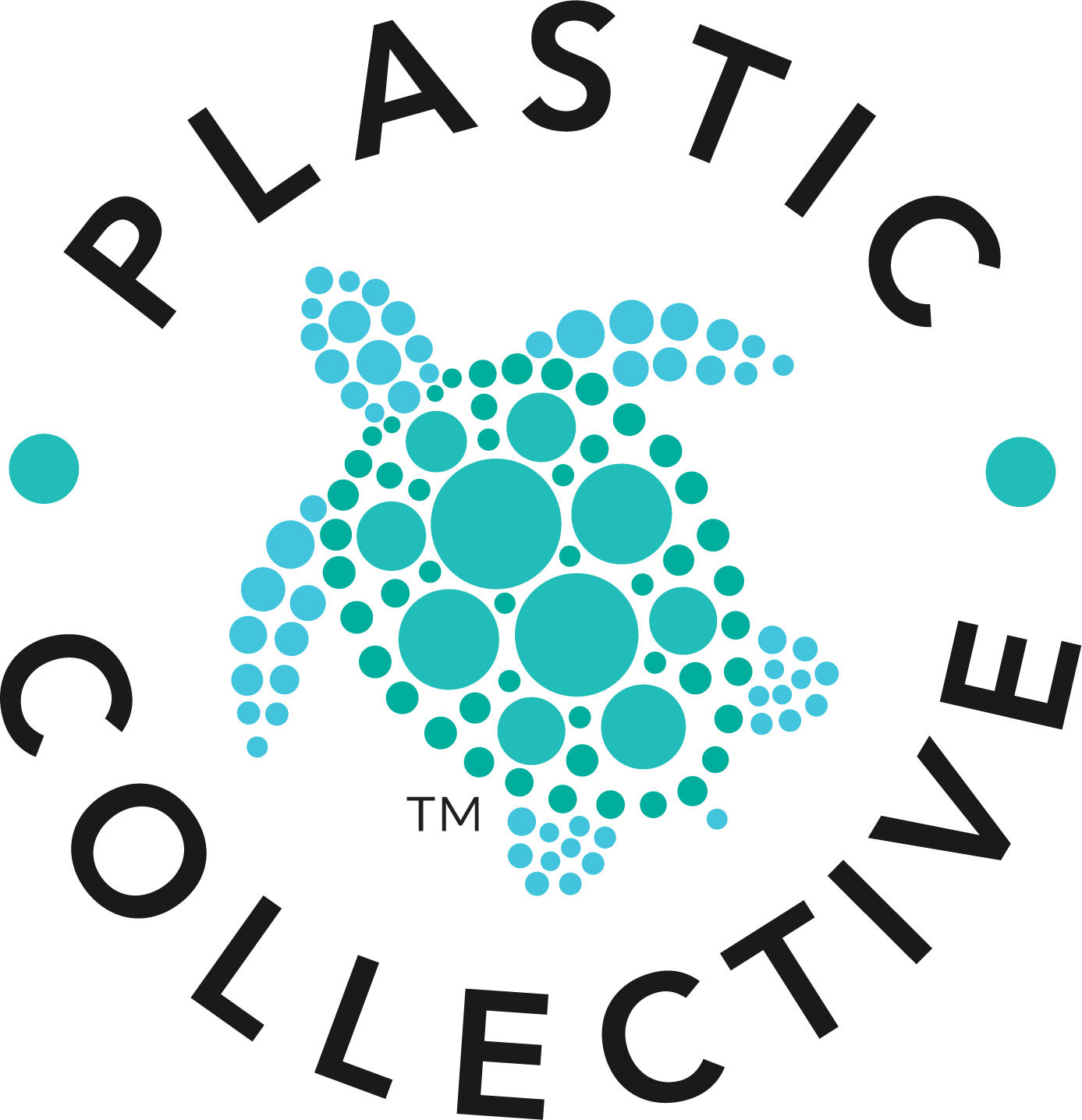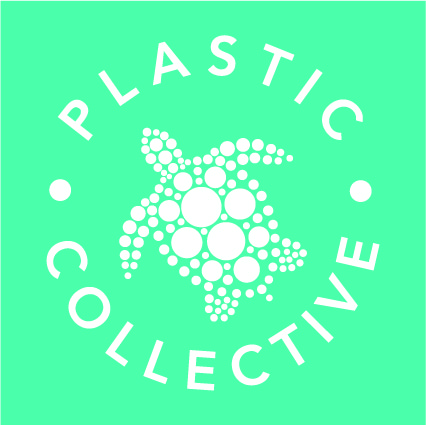How Can Businesses Reduce Plastic Use and Improve Their Plastic Footprint

Every day, thousands of tons of plastic are produced, used once, and then just thrown away. This plastic pollution is causing massive problems in the environment and is directly contributing to climate change. Businesses, in particular, are major contributors to the plastic problem because many products are either made from or shipped with plastic packaging.
While there are many efforts to recycle plastic waste it is not always effective with much of the plastic produced ending up in landfill, or worse the oceans. A better approach is to reduce the usage of plastic and switch to more sustainable and environmentally friendly materials where possible.
While all plastic use can be problematic, the real concern that needs to be urgently addressed is single-use plastic and this is where some improvements (at least) have been made. However, for companies looking to become more environmentally progressive, or to future proof their business, there are a range of different initiatives and steps that can be done to improve their plastic footprint.
Changing a business model or business operations to reduce plastic use can make financial sense. One of the main reasons is to ensure compliance with any legislative changes implemented by governments, so that these changes in the law do not impact the bottom line of the business in the future. While it may be impossible to completely eliminate plastic use, there are many ways for businesses to reduce their plastic footprint and make improvements.
The Environmental Impact of Plastic
Plastic has become an integral part of our daily lives, and it is used in everything from packaging to the products we use. While initially considered a miracle material, it remains extremely convenient, but this comes at a cost since the environmental impact of plastic is huge. Plastic waste is one of the major sources of environmental pollution, with an estimated 390 million tons of plastic waste produced every year (in 2021 for example).
This plastic waste can harm the environment and it is also a major contributor to climate change. Plastic is made from fossil fuels, and when it is burned, it releases carbon dioxide, methane, and other greenhouse gases into the atmosphere. For more information on this topic we covered the subject in more depth in a blog post titled, “How Does Plastic Pollution Affect Climate Change”.
In addition to the environmental damage caused by the production and burning of plastic, plastic pollution also has a terrible impact on ecosystems and the wildlife that lives in them. Plastic waste can end up in the oceans, where it can be ingested by marine animals and cause death. Plastic also has a devastating effect on coral reefs, which are already suffering from the effects of climate change. Over time plastic breaks down into microplastics and these small pieces of plastic can even enter the human food-chain which could have serious implications for human health. Learn more about this issue in this article, “Guide to the Effects of Plastic Pollution in the Ocean”
Becoming a Plastic Neutral Business
There are a lot of good reasons for becoming a plastic neutral business. Firstly, it is good for the environment and climate change which in turn means it is much better for the company’s image to both customers and investors. If a company is actively reducing its exposure to these issues, then it is a much more positive story than continuing poor environmental practices which may end up being highlighted by concerned individuals on social media. Brand damage can occur quickly and can take a long time to recover, if at all.
Governments are actively legislating to reduce single-use plastic and ensuring that the company is ahead of any potential changes in the law is good business practice. Many businesses believe it is inevitable that changes will need to be made to their plastic footprint and are taking steps in advance to ensure that they are addressing the issues.
Having positive environmental policies in place can be good PR for a business – just as long as they avoid the issues surrounding greenwashing. This is where a business claims certain environmental credentials when still actively polluting. In short making token concessions to sustainability, the environment and climate change for marketing benefits alone. Read our guide on how Businesses can avoid greenwashing.
Identifying Plastic in the Business
Any business that has decided to reduce their plastic usage firstly has to understand what their exposure to plastic use is in the first place. This typically means that many different departments will need to work together to compile this information. Often the best way forward with this is to have a person(s) or team in a business who has plastic reduction as a part of their remit.
Another good option is to arrange a plastic audit to understand the true impact plastic has on the business. This will identify where plastic is used and more importantly help provide a plan to reduce the plastic that is being used.
A business should create a plan on how to reduce plastic use. It can be long-term plan and even making small changes initially can help. These are challenges that the Plastic Collective can help your business with. Read more about being plastic neutral here.
Changing Materials and Suppliers
One thing to consider when appraising plastic within a business is whether it is possible to change the materials that are used in production or packaging, or even the suppliers that are used, to switch to those that provide more environmentally friendly options.
For example: is plastic packaging used in the warehouse, and are there both cheaper and more environmentally friendly options available? Are consumable goods that are used within the business being shipped with excessive packaging? Are there more sustainable suppliers available? Often, asking these simple questions, and making small changes to the way the business operates can improve its environmental credentials.
It might be prudent to do this – since governments have are progressively introducing new rules and regulations for plastic usage. For example: some governments have included a plastic bag tax at point of sale (United Kingdom) whereas other countries (such as Tanzania) have banned the use of plastic bags completely and have mandated reusable bags.
With these changes and challenges in mind, a business would do well to consider that other forms of plastic may be banned in the future – especially any plastic that falls into the category of unnecessary single use plastics. For instance, some countries are looking to (and have already) put in place a ban on single use plastic cutlery and plastic straws.
Since plastic packaging falls into this single-use category and is sadly, often non-recyclable, planning ahead to change the plastic materials that is used to a more sustainable option makes good business sense.
If businesses that do ship out products wrapped in single-use materials – such as plastic – how is this waste dealt with? Is it simply forgotten about and left to the customers to dispose of the waste, or are there initiatives in place to help with this disposal? For example: some companies will collect plastic waste from their customers when delivering their services to repeat buyers. This can work well for consumer good delivery companies but is not helpful for all business types.
It is worth exploring various options to see if there is an innovative and clever way of tackling the plastic problem. For instance, resellers could have a policy of removing single use plastic from the products they sell from third-party manufacturers prior to shipping and having this policy communicated to customers. This makes the waste easier to process since it will be contained in one place and the customer is not left to deal with it. Progressive policies such as this can involve more work and administration but can also be beneficial to an organization.
When it comes to packaging materials there are a lot of options out there for businesses looking for a more environmentally friendly option, and importantly because these materials are much more widely used than they used to be, the cost of the packaging has reduced. It’s also worth mentioning that not all types of plastic are bad. Some plastics are much more environmentally friendly, such as bioplastics, that can degrade faster than traditional plastics, and can also be made from renewable crops and not from fossil fuels.
Some of the more popular packaging alternatives include:
- paper bubble wrap
- corrugated packaging
- bioplastics
- biodegradable packing peanuts
Not only are governments looking at ways to reduce single use plastic use – consumers also view more favourably those companies that supply products that use more sustainable products and packaging. A recent survey indicated that 75% of millennial respondents said they think about sustainability when making a purchase.
Other Plastic Use in Businesses
Don’t forget to include all business activities. For example, a business might focus just on the plastic packaging that they are responsible for but might overlook the plastic impact that the employees have on the business.
For instance: single use plastics are often brought into the office with employees’ purchased lunch items and then disposed of in the office waste. A business might not have a mechanism in place to address the recyclability potential of plastic waste generated by employees, therefore the waste will end up in landfill.
In a large organization this can be significant amount of waste and can impact the plastic footprint of the business. Imagine tonnes of plastic being generated by employees that a business has to dispose of!
What are the options here? Businesses could educate employees about their plastic use and plastic consumption in general. They could also provide cutlery, reusable containers, coffee cups, and other reusable items for employees to use.
A simple option is to improve the organization’s waste management strategy to ensure that there are recycling bins available in canteens and in the office itself, which is not always the case.
A more impactful policy could ban plastic cutlery, plastic bottles and other single use plastic from the businesses premises. Or a business could provide alternative facilities for food within the business itself.
Even offering reusable water bottles and water bubblers for employees is better than them bringing in single-use plastic bottles. Businesses that decide to offer bottles that can be reused provide a good opportunity to include the brand name and logo of the business on the bottles which may get seen by other potential customers. This provides some additional low-cost branding whilst helping the environment.
Plastic Offsetting
Plastic offsetting is an interim strategy for reducing plastic use when a business finds it difficult to change its practices in the short term. It involves offsetting the plastic used by the business through investment in certified projects that collect and recycle plastic waste. This investment will ensure that the plastic waste in a company’s footprint that it is not immediately able to address is done so by another entity (often community-based non-profits) through funding their collection and recycling activity.
As a first step, the company would calculate its total plastic footprint. Second, it would develop a long term footprint mitigation strategy that plans in detail its steps towards achieving its plastic footprint mitigation goals. It would then implement all immediately available strategic options to reduce this footprint – which might include for example, reducing use and substituting alternative materials, in-house collection and take back schemes, and product reformatting (eg labels, colour – to increase recyclability). Third, it would purchase plastic credits from a certified collection / recycling project to offset the remainder of its plastic footprint.
The business will then measure and report its progress and ensure it is successfully implementing its strategy to reduce its plastic use. With these strategies, a business can help reduce plastic use and contribute to a greener and more sustainable future.
The good news is that the Plastic Collective can help businesses with these steps and with becoming plastic neutral. This service provides organizations with all the tools and resources it needs to mitigate its plastic footprint.
If you’re a business that is looking to become a plastic neutral company, then the Plastic Collective can help. Contact us today to learn more about our plastic neutral scheme.
Find out more about Plastic Collective and get the latest news about Plastic recycling, microplastics and the effects of climate change, by subscribing to the Plastic Collective newsletter.
Image: gordon johnson | pixabay

